Clipart tagged: ‘wren’
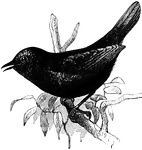
Magellanic Tapaculo
Scytalopus magellanicus. "A genus of South American formicarioid passerine birds, of the family Pteroptochidae.…
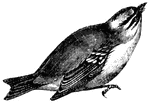
Wren
Like the Robin, the wren has become, in a sense, a sacred bird, and few venture to commit any outrage…
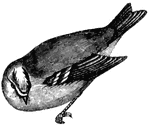
Wren
Like the Robin, the wren has become, in a sense, a sacred bird, and few venture to commit any outrage…

Wren
Like the Robin, the wren has become, in a sense, a sacred bird, and few venture to commit any outrage…
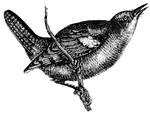
Wren
Like the Robin, the wren has become, in a sense, a sacred bird, and few venture to commit any outrage…

Wren
Like the Robin, the wren has become, in a sense, a sacred bird, and few venture to commit any outrage…
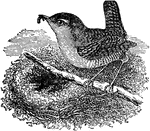
Wren
"Wren is a genus of birds, having a slender, slightly curved, and pointed bill; the wings very short…

Wren
The common name of several kinds of small birds related to the warblers. Most species are native to…
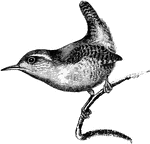
Wren
"Troglodytes parvulus, Wren, the coloration is ordinarily brown, with a great tendency to barring; spots,…
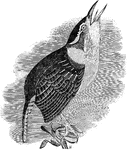
Carolina Wren
"Carolina Wren. Upper parts uniform reddish-brown, brightest on the rump, where are concealed whitish…
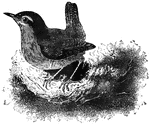
Common European Wren
Common throughout Europe, the European wren frequents hedges, gardens and bush places. They feed primarily…
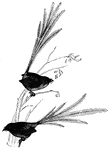
Emu Wren
Native to Australia, this is known to natives of New South Wales as waw-gul-jelly. It is shy…

European Wren
"European Wren. Feet strictly laminiplanter, as usual in Oscines. Tail thin, with narrow parallel-edged…

Great Carolina Wren
The great Carolina wren, known for its ability to imitate various other songbirds.
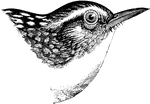
Long-billed Marsh Wren
"Long-billed Marsh Wren. T. palustris. Above clear brown, unbarred, the middle of the back with a large…

Rock Wren
"Upper parts pale brownish-gray, minutely dotted with blackish and whitish points together, and usually…

Short-billed Marsh Wren
"Short-billed Marsh Wren. Cistothorus platensis. Upper parts brown, the crown and most of the back blackish,…

Winter Wren
"Winter Wren. Above brown, darker before, brighter behind, most of back, together with tail and inner…